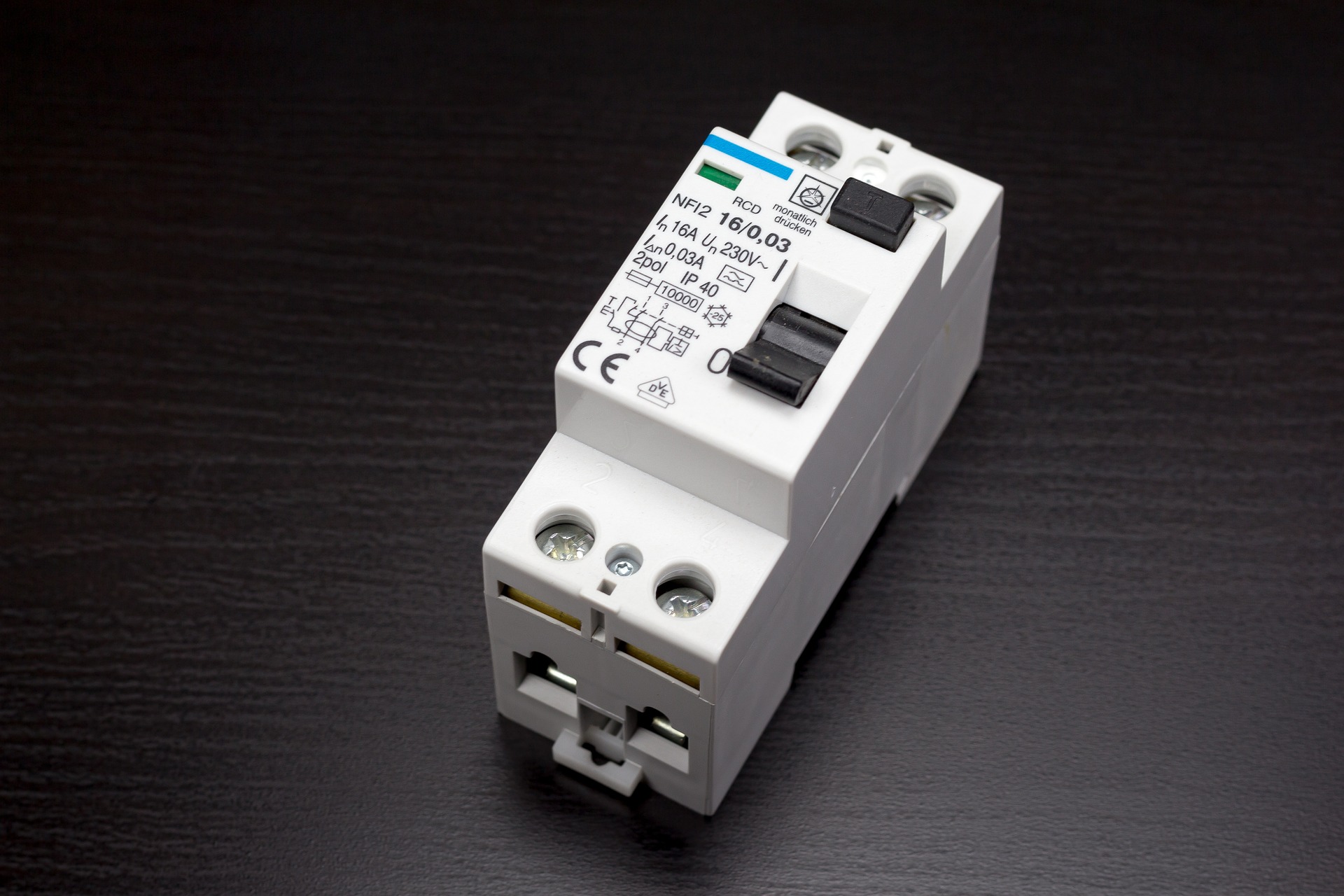What is an RCD?
RCD stands for Residual Current Device, a type of circuit breaker that is designed specifically to protect people against electric shock and property against fire. RCDs are sometimes called safety switches. They’re required by law and even if they weren’t, we’d still recommend you have them for your own safety – and the safety of […]

RCD stands for Residual Current Device, a type of circuit breaker that is designed specifically to protect people against electric shock and property against fire.
RCDs are sometimes called safety switches. They’re required by law and even if they weren’t, we’d still recommend you have them for your own safety – and the safety of your friends and loved ones!
Should I have an RCD?
Every state has different requirements but WA law requires that every house have 2 RCDs, and that RCDs are only installed by licensed electricians.
If you are the owner of a property that is tenanted, you may be subject to heavy fines if your property does not have the required number of RCDs installed.
How do I know if I have them?
RCDs look a lot like other circuit breakers in your electrical switchboard, but unlike other circuit breakers, RCDs have a test button on them. Most of these test buttons are marked with the word ‘Test’ or the letter ‘T’. If you’re unsure whether a circuit breaker is an RCD, we can help you identify it.
How do RCDs work?
RCDs work by sensing minute imbalances in electrical circuits. Once this imbalance reaches a predetermined level, the RCD disconnects the circuit, assuming that the imbalance poses a risk to people or property. RCDs assume that the imbalances they detect are due to electrical current leaving the electrical installation in a way that is unplanned or unexpected. This phenomenon is known as Leakage Current.
How do RCDs measure Leakage Current?
In a properly functioning electrical system, the current passing through the active conductor(s) should be equal to the current passing through the neutral conductor. If this is not the case, we assume that the current is going somewhere it shouldn’t be. This could be through a person (which would mean electric shock) or through other conductive (metallic) building materials (which could cause heat and the risk of fire).
An RCD looks at the active and neutral conductors and checks to see whether the currents flowing in them are equal. When they’re not, the RCD trips, protecting us and our belongings from the possible harmful effects of electricity.
Why can’t other Circuit Breakers sense Leakage Current?
Other circuit breakers monitor the current flowing through the active conductor only. Without looking at the neutral conductor as well, ordinary circuit breakers cannot determine whether the current flowing through them is leakage current (current going somewhere it’s not supposed to) or not. Most circuit breakers are designed to protect the electrical installation itself against the effect of overloads and short circuits and are not sensitive enough to protect humans.
Do I need RCDs AND other Circuit Breakers?
Electrical systems need protection against leakage current as well as protection against overloads and short circuits. Up until recently, this meant that you needed both RCDs and other circuit breakers in your switchboard. Newer RCDs have overload and short circuit protection built right in, so you don’t need additional circuit breakers for this purpose.
What is the Test button for?
The test button on an RCD introduces a leakage current to the RCD to check whether it successfully disconnects the circuit. When you press the test button on an RCD, and it does not trip, it may be for two reasons:
•The RCD is faulty
•There is no power to the RCD
If an RCD does not trip when you press the test button, it is best to get us to assess whether the RCD is still operational or not. We have special test equipment that can measure the performance of an RCD and compare that to current regulations and acceptable standards.
How often should I press the Test button?
We recommend that you test an RCD at least once a month. This way, you’ll know about a problem with your RCD quickly. If you discover that you have a faulty RCD, you should call in the experts immediately, as this faulty RCD may put your life at risk.
What should I do?
RCDs are subject to nuisance tripping for a variety of reasons. Small leakage currents in electrical equipment and appliances can add up to a value that is greater than the RCD is designed to allow.
Alternatively, the RCD may be damaged or faulty. If your RCD has built-in overload protection, it may be tripping for the same reason a normal circuit breaker would have tripped, indicating an overload or short circuit in your electrical system.
Get a licensed electrician to install RCDs in your home
Article courtesy of Franklin Bell Electrical and Data Contractors – www.franklin-bell.com.au